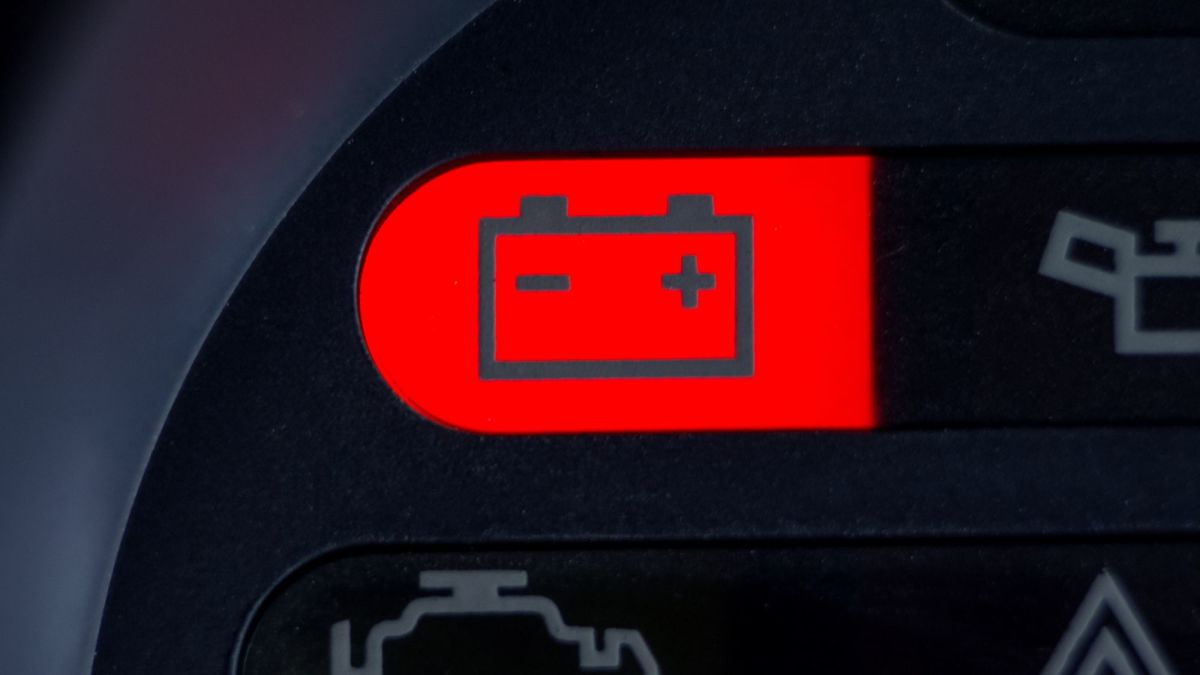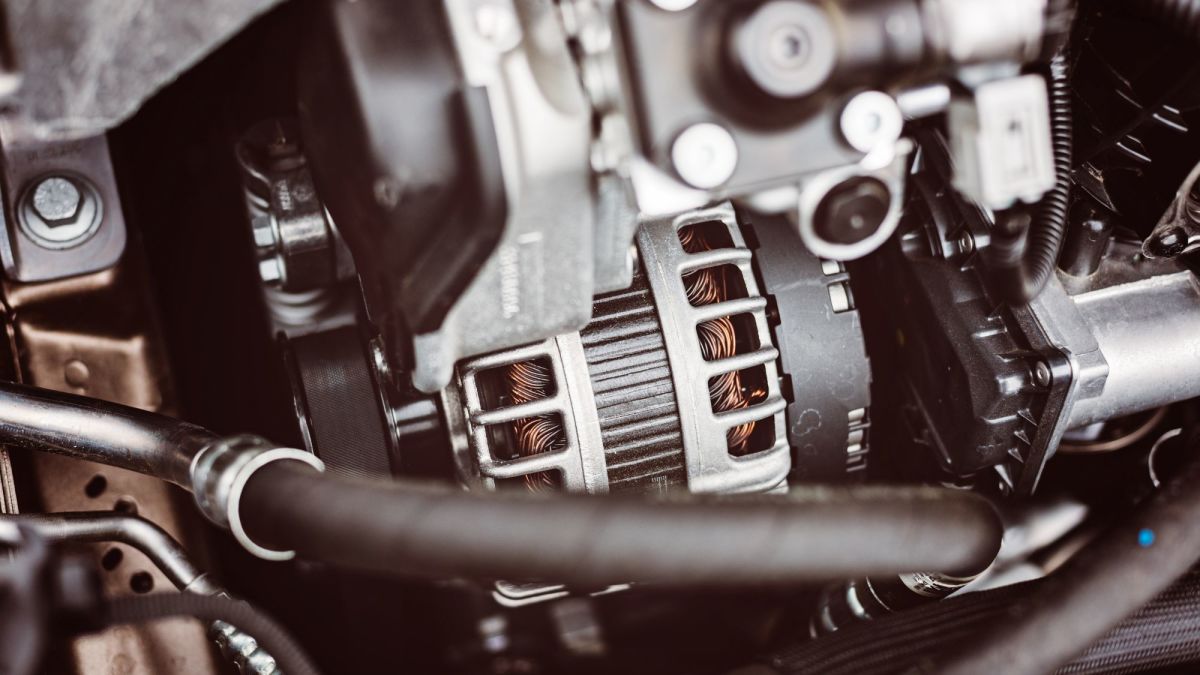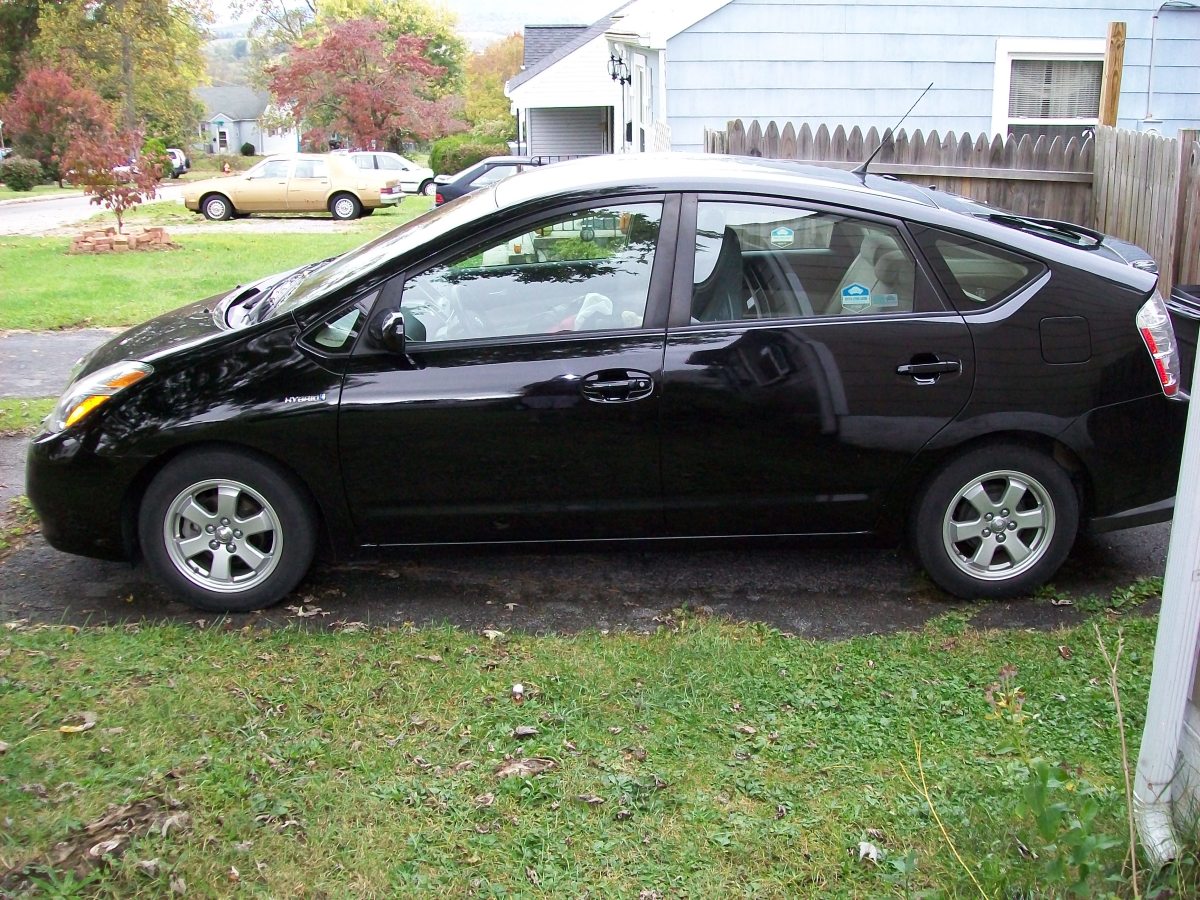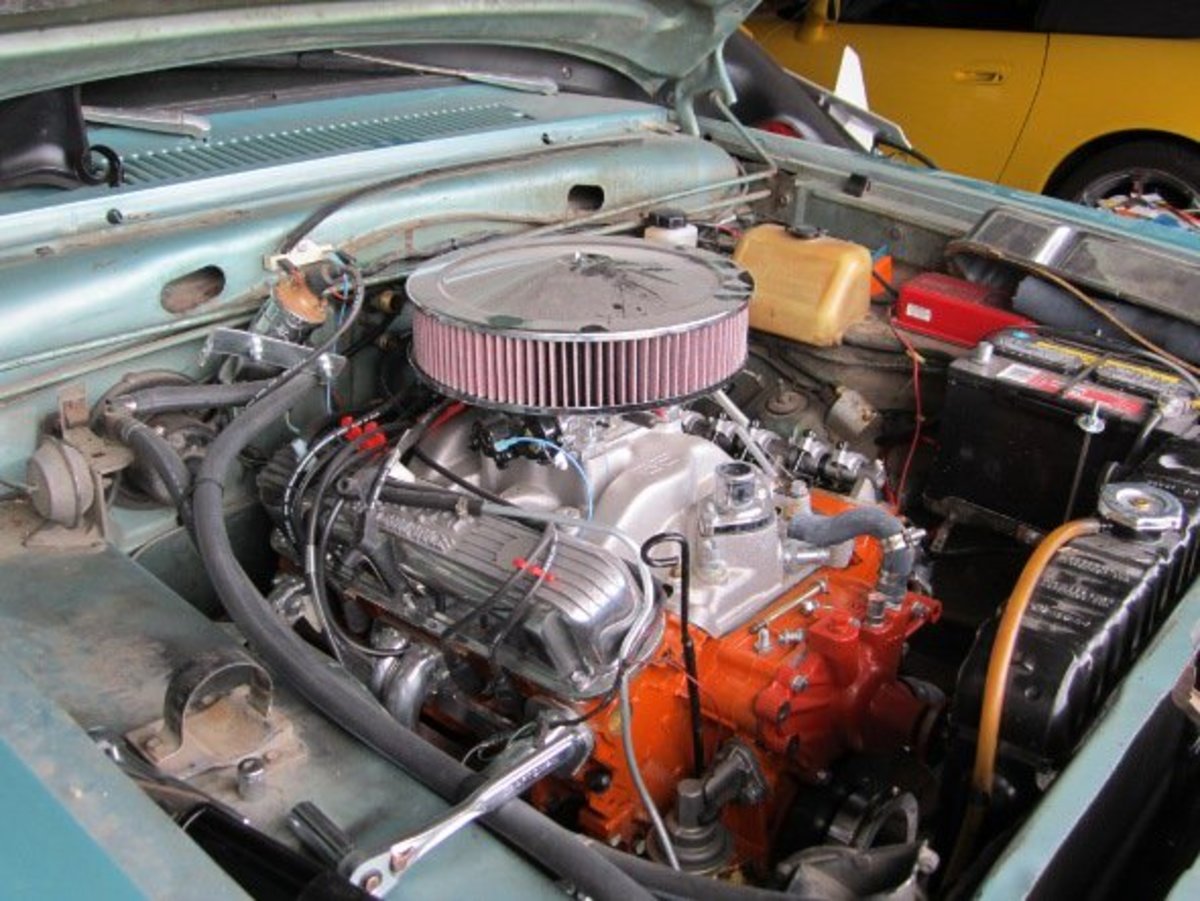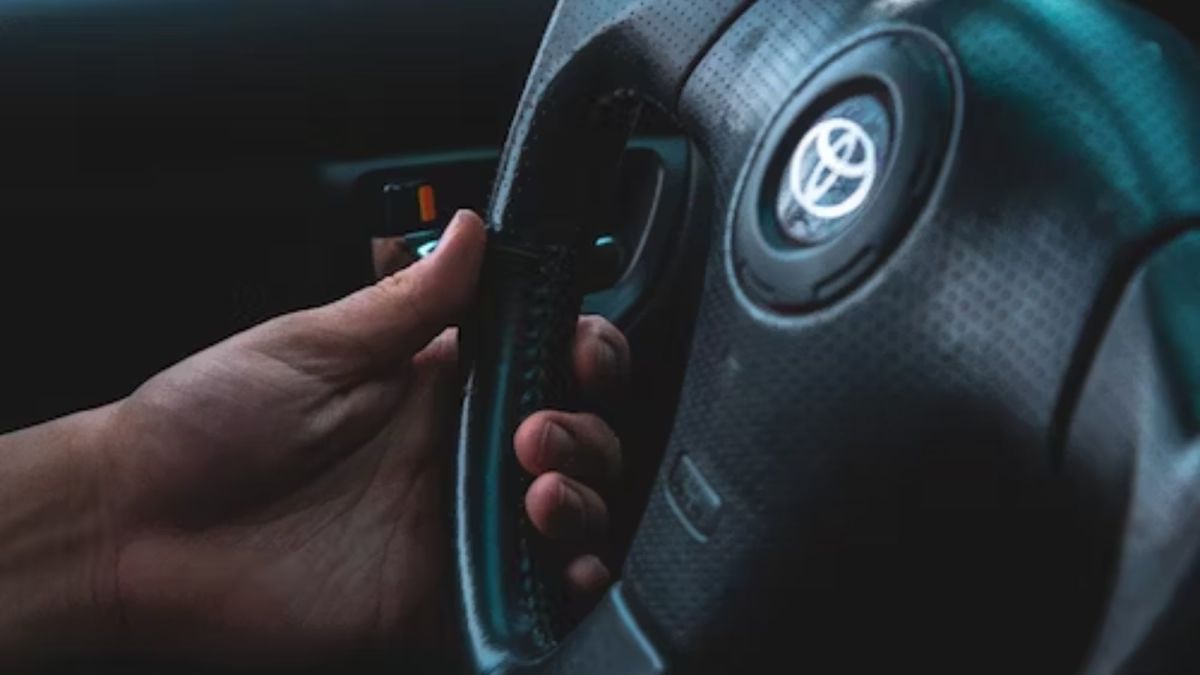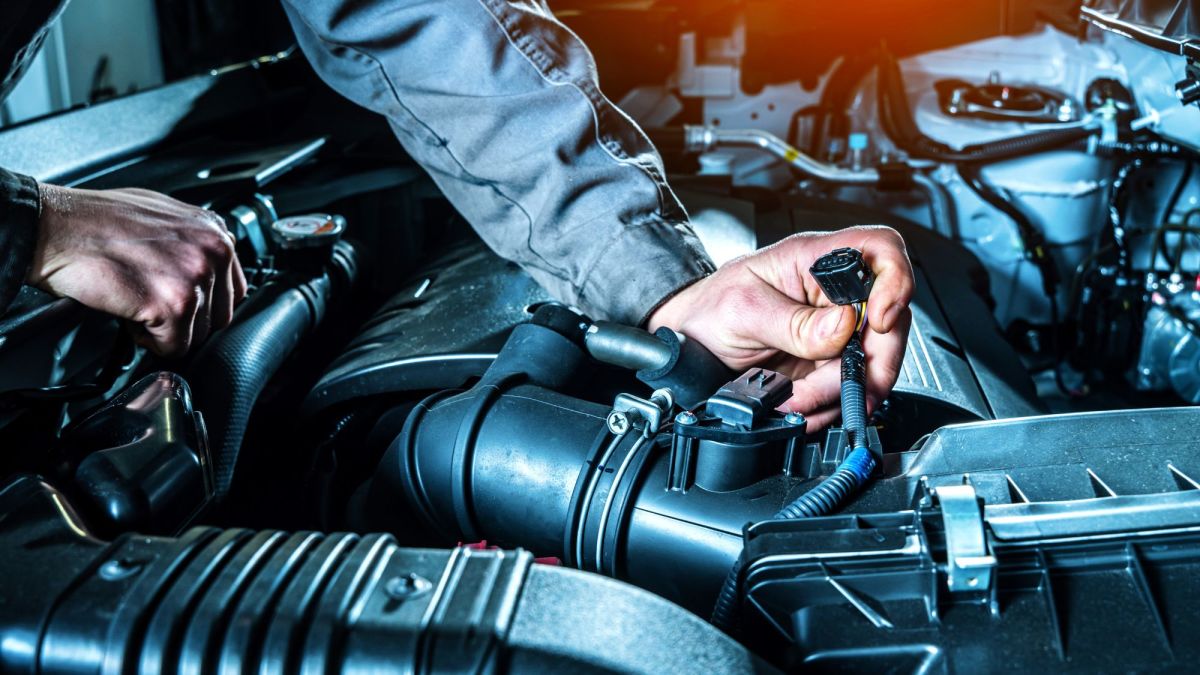Battery Rejuvenator
Warning
Do not hook up the circuit while the battery is still connected to the vehicle. The battery must be totally disconnected.
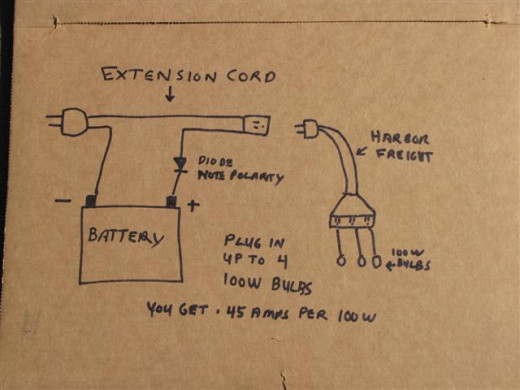
Picture
The Diode drops the voltage to 60V DC. The voltage drop across the battery will be between 12.5 and 14, for a good battery. The voltage drop across the light should be between 47.5V and 46V DC. I did not make the picture on the cardboard.
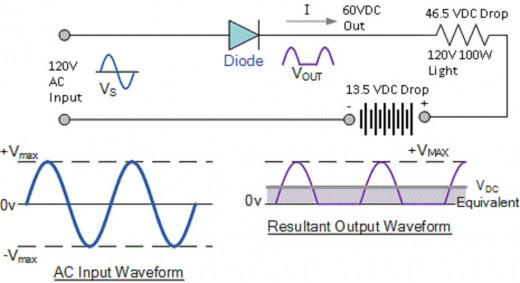
Power usage
Using the power pi chart we can figure how much power is being used. First we have to figure out the resistance of the light bulb. 120V bulb and 100 watts. 100/120 gives us 0.8333 amps. 120/0.8333 gives us 144 ohms. Now we know the new voltage drop across the light bulb should be between 46V and 47.5V plus or minus depending on the batter state. 46V/144 is 0.319 amps and 47.5V/144 is 0.326 amps. Now to figure the watts of the light hooked up, 0.319A*46V gives us 14.674 Watts and 0.326A*47.5V gives us 15.485 Watts. In this example we know this light is putting out between 14.674 and 15.485 watts. What we know from this: the light will protect the battery from over voltage and over current, but I will not protect people from being shocked. Be careful!
How it works
The diode converts the AC sine wave into a half wave Direct Current that is on for half a cycle and off for half a cycle 60 times ever second or 60Hz. The light bulb provides a voltage drop and limited the current. The pulsing of the half wave causes the sulphur build up on the lead plate in the battery to dissolve back into the acid. This is a normal process with in the battery. Over time there is not enough sulphur dissolved and it build up on the plate. This circuit will not bring a batter back to a new state but will bring most battery back to a usable state by dissolving the sulphur. Not much can be done if the battery is already shorted.


